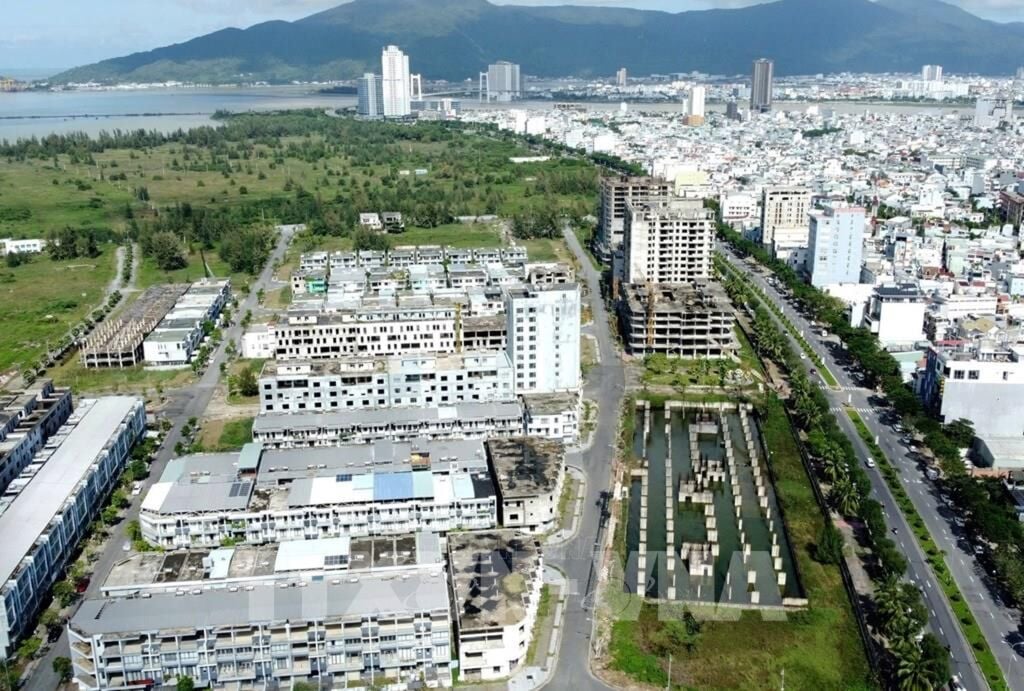
Many "bottlenecks"
The 2024 Land Law is expected to overcome the limitations of the 2013 Land Law, especially in determining land prices close to market prices, creating fairness for people whose land is recovered and removing obstacles for investment projects. However, the implementation shows that there are still many "bottlenecks" related to land valuation that need to be resolved soon.
According to experts, for a long time, the land price list has been lower than the market, causing distortions in compensation for site clearance. With the 2024 Land Law, the land price framework has been officially abolished and the land price list has been established annually, hopefully helping to make timely and more realistic adjustments.
However, in some localities, land prices are still set at a level much lower than the actual land price on the market, leading to a large gap between the compensation price and the "opening" price of project land. This has given rise to complaints, people's reactions and businesses have to carefully consider their financial resources when participating in the project.
The Hanoi Department of Agriculture and Environment reported that, according to Article 159 of the 2024 Land Law, the starting price for auctioning land use rights for plots of land with invested technical infrastructure must be determined according to the land price list. However, the land price list in many places is lower than the market price, not enough to cover the investment costs, site clearance and creation of new land funds.
In theory, the specific land price is the price determined by the competent authority at the time of land allocation or transaction, closer to the market than the general price list. But in practice, determining the specific land price is very difficult. Because determining the specific land price requires basing on many factors (location, legality, infrastructure, development potential), but currently the detailed valuation mechanism and method are not clear, still depend a lot on the experience of the appraiser.
Even the time for determining specific prices has not been agreed upon (for example, when a State agency decides to allocate or lease land, it will be determined - but at this time, land prices have fluctuated a lot compared to the previous market price). Not to mention, the determination of specific prices between localities and authorities is still overlapping, easily causing disputes and complaints between people and State agencies...
This is also one of the reasons why many localities are still hesitant to widely apply specific land prices, or when applying, they are easily questioned and reacted to. In addition, the guiding documents for the implementation of the 2024 Land Law are still slow to be completed, causing localities to "stand still" in applying land valuation.
These practical problems are creating "bottlenecks" that prevent the 2024 Land Law from fully demonstrating its superiority as expected. Recently, Deputy Prime Minister Tran Hong Ha chaired a meeting to listen to the report on receiving opinions from Government members on the Draft Law amending and supplementing a number of articles of the 2024 Land Law (Draft Law) and requested leaders of ministries, branches, associations... to focus on analyzing and discussing the urgent contents that need to be amended in the 2024 Land Law, which are causing difficulties and hindering socio -economic development; resolving inadequacies when applying the land price list to access the market...
Relieve stress
An unavoidable reality is that land prices in many localities fluctuate in an upward trend, especially in expanding urban areas. When a project lasts for many years, if the land price is determined once according to the price list or the initial specific price, the investor may suffer losses if the land price increases rapidly during the implementation phase. Not to mention, if people whose land is recovered have to accept a price lower than the land advantage that the enterprise receives when reselling, it is easy to lead to a feeling of "disadvantage".
On the contrary, if land prices are allowed to be adjusted according to the intermediate “market price” during the project implementation period, it is also easy to cause “price inflation”, taking advantage of collusion to inflate land prices for the purpose of profit. Therefore, many businesses and experts reflect that the current way of valuing land still has potential risks and does not really ensure fairness.
Mr. Ngo Gia Cuong - Director of Vietnam Valuation and Inspection Company Limited (VAI) commented that when building a land price list, determining the price of land used for production purposes or commercial - service land is almost impossible to apply the prescribed valuation methods, but must interpolate according to the percentage compared to the residential land price.
The decisions to issue land price lists in many localities still apply this calculation method, showing that the Land Price List Appraisal Council cannot comply with the provisions of the Land Law, which requires that land prices in the land price list must be determined according to land valuation methods (no method allows interpolation). This means that, although the 2024 Land Law has removed the land price framework, the construction of the land price list according to market principles for the 2026 period still risks repeating this limitation.
According to Mr. Cuong, the determination of separate and supplementary principles of land valuation when building land price tables, different from the market principles applied to determining specific land prices, will help the policy to be both consistent with theory and not create policy fluctuations. The regulation of supplementary principles of land valuation when building land price tables also creates a clear legal basis for localities to have sufficient authority and initiative in building land price tables, consistent with stabilizing budget revenue, but not creating fluctuations for the subjects subject to adjustment.
The construction of land prices in the land price table independent of market prices will create stability for the subjects of adjustment (production costs of economic components). At the same time, land prices used as the basis for calculating financial obligations will not be affected by complex, cyclical and unpredictable fluctuations of the Vietnamese real estate market - Mr. Cuong analyzed.
Associate Professor Dr. Nguyen Thuong Lang, senior lecturer at the National Economics University, commented that the first important step to consider is adjusting the primary land price, which is the price that the State sets when allocating land for the first time. The price cannot be determined entirely according to market prices. Instead, the primary price needs to be preferential in nature, creating incentives for businesses to invest and develop, rather than being set at a high level to maximize budget revenue.
"If primary land prices are pushed up too high, it will not only increase input costs for businesses, but will also lead to the consequence that land prices in the entire market will be "inflated", causing pressure to spread to the entire economy," Mr. Lang recommended.
In addition, this expert proposed that land price regulation should be based on a reference price framework system, differentiated by region and development goals. For example, in urban areas or areas with high profit potential, prices can be set at a relatively high level; while in areas that need to encourage investment or have lower profit potential, prices should be set at a lower, more reasonable level. All must be within a master plan, with a vision of at least 3-5 years to ensure stability.
In addition, the State needs to proactively use many price regulation tools to ensure transparency, fairness and efficiency. Land auctions need to be properly controlled to avoid pushing prices too high, distorting the market. Regulatory tools must ensure the harmony of interests between the State, businesses and people. Not only using administrative measures such as planning, pricing, land use limits... but also need to expand to economic tools such as taxes, interest rates, investment incentives, and other fiscal support policies.
Source: https://baotintuc.vn/bat-dong-san/dinh-gia-dat-mat-xich-can-lam-ro-khi-sua-luat-dat-dai-2024-20251003150854127.htm



![[Photo] Students of Binh Minh Primary School enjoy the full moon festival, receiving the joys of childhood](https://vphoto.vietnam.vn/thumb/1200x675/vietnam/resource/IMAGE/2025/10/3/8cf8abef22fe4471be400a818912cb85)
![[Photo] Prime Minister Pham Minh Chinh chairs meeting to deploy overcoming consequences of storm No. 10](https://vphoto.vietnam.vn/thumb/1200x675/vietnam/resource/IMAGE/2025/10/3/544f420dcc844463898fcbef46247d16)








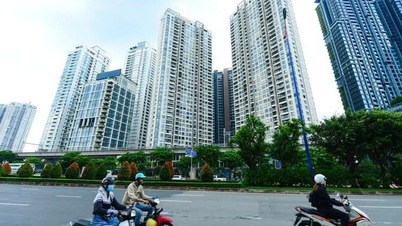

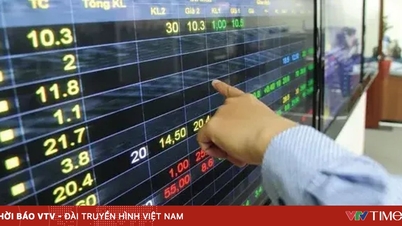


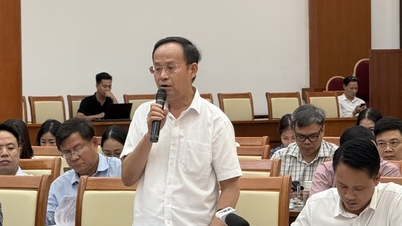





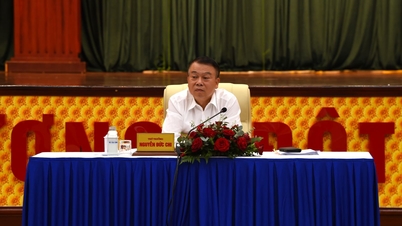




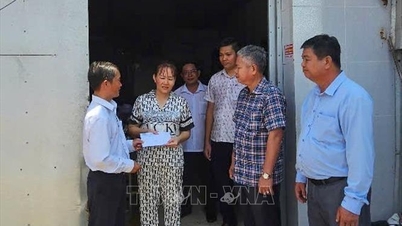



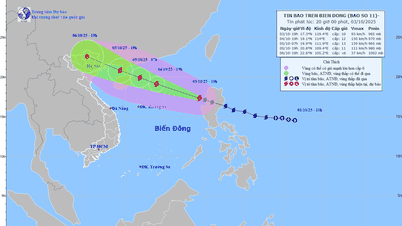



















































![[Infographic] What are the growth targets of Dong Nai province in the first 9 months of 2025?](https://vphoto.vietnam.vn/thumb/402x226/vietnam/resource/IMAGE/2025/10/3/45f9330556eb4c6a88b098a6624d7e5b)


















Comment (0)